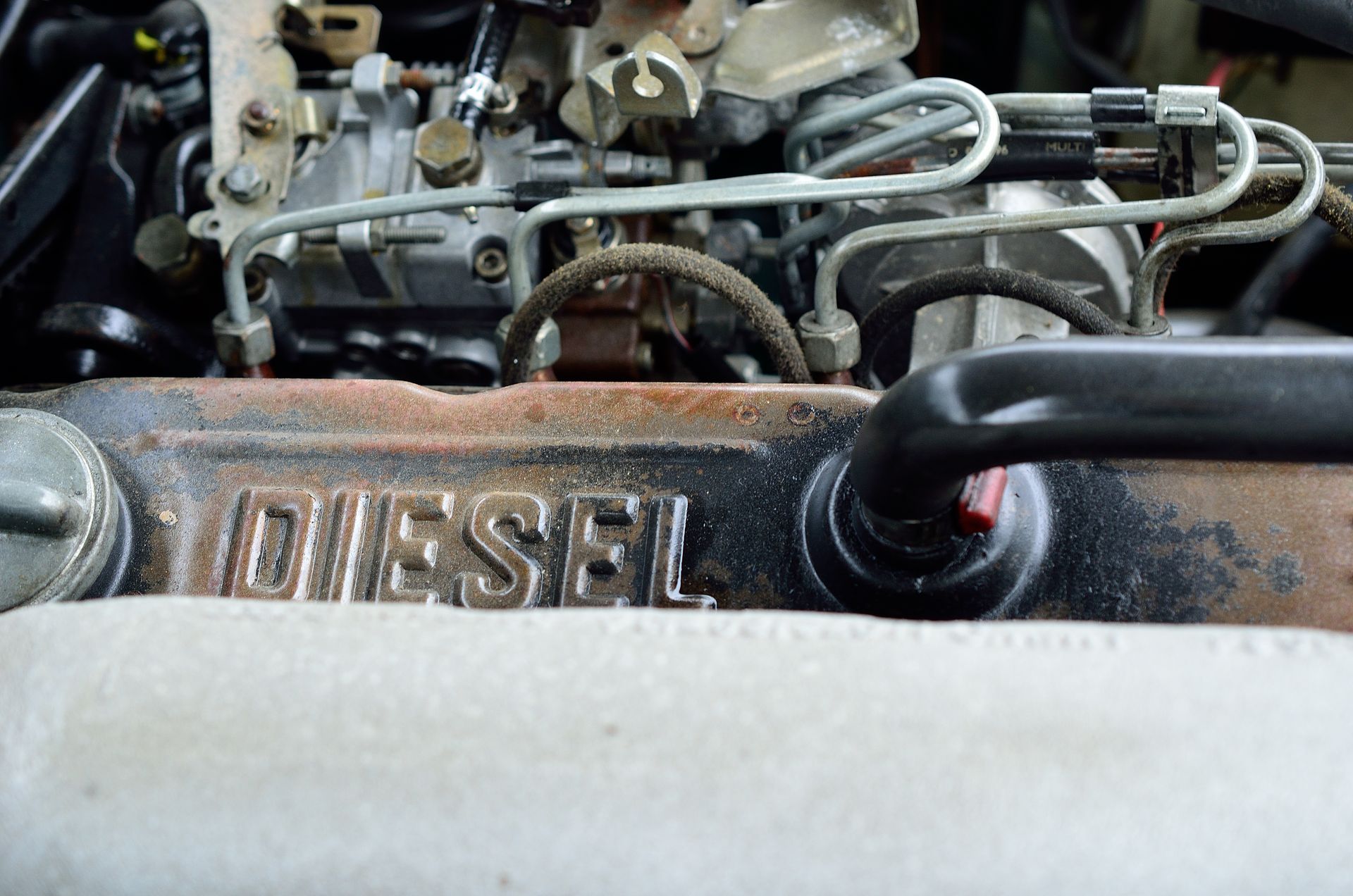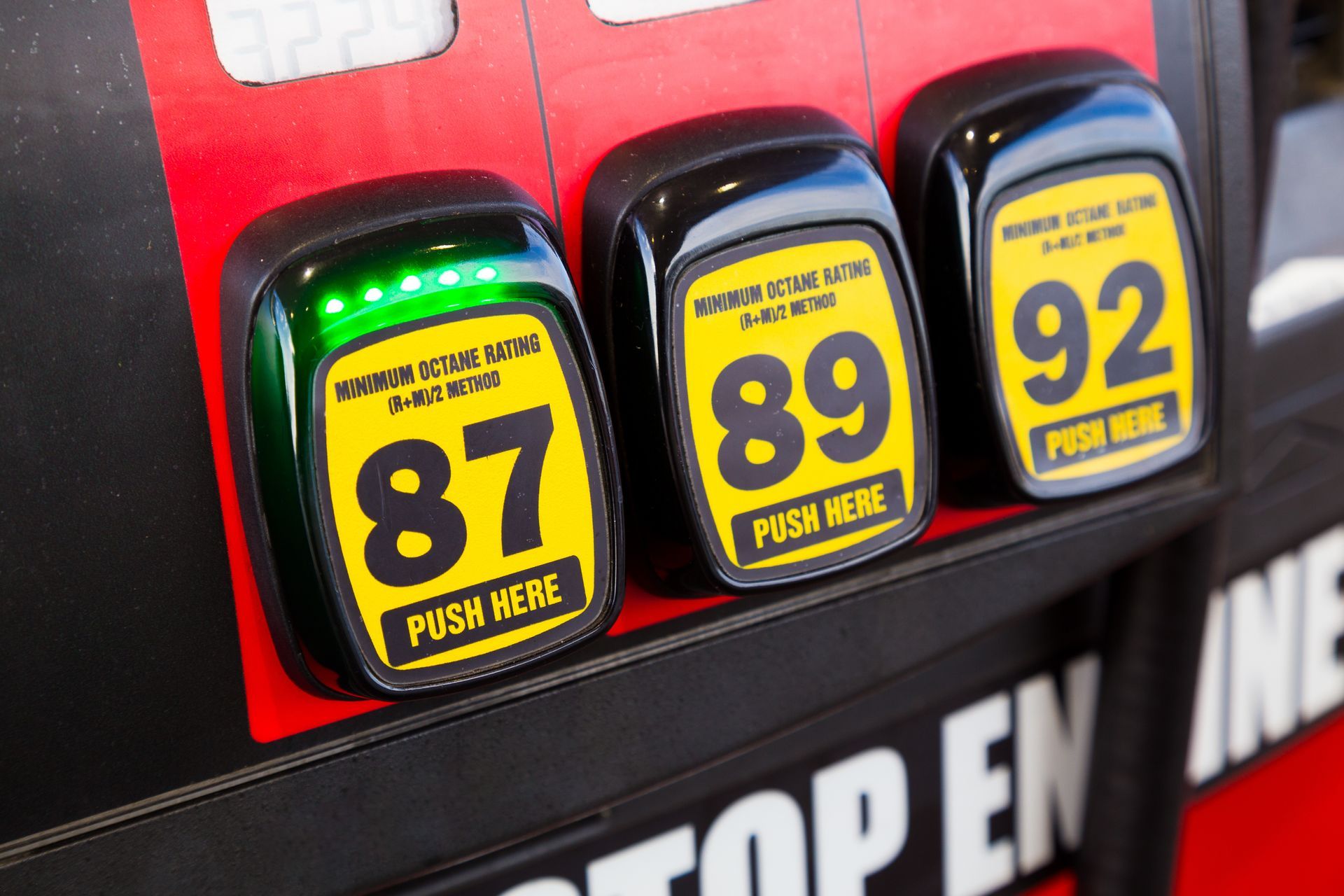As the new year begins, it’s the perfect time to plan your car’s maintenance. Regular care for your vehicle not only ensures it runs efficiently but also helps you avoid expensive breakdowns. A well-maintained car is safer, more reliable, and retains its value longer. However, budgeting for maintenance can feel daunting without a clear strategy.
Creating a car maintenance budget doesn't have to be complicated. With some practical steps, you can set aside enough funds to cover routine services and unexpected repairs.
Why Budgeting for Car Maintenance Matters
Car maintenance is often overlooked until a problem arises. Without a plan, these expenses can disrupt your finances. A maintenance budget ensures you're financially prepared, keeping your car on the road and your wallet stress-free.
Neglecting routine maintenance can lead to:
- Higher repair costs: Small issues become major problems when ignored.
- Reduced vehicle lifespan: Lack of care accelerates wear and tear.
- Safety hazards: Worn brakes or tires compromise your safety.
Steps to Budget for Car Maintenance
1. Assess Your Vehicle’s Needs
Every car is different, so your budget should reflect your vehicle’s specific maintenance schedule. Check your owner’s manual or consult with your mechanic to identify required services.
Common routine services include:
- Oil changes
- Tire rotations and alignments
- Brake inspections and replacements
- Fluid top-offs or replacements
- Air filter changes
High-mileage vehicles or older models may require more frequent attention, such as timing belt replacements or suspension repairs.
2. Estimate Annual Costs
Once you know your car's maintenance needs, calculate the expected annual cost. Average expenses include:
- Oil changes: $50–$100 each, depending on the type of oil.
- Tire care: $75–$150 annually for rotations and alignments.
- Brake pads: $150–$300 per axle.
- Fluid replacements: $50–$200 for coolant, transmission fluid, and more.
- General inspections: $100–$200 for periodic check-ups.
If you’re unsure about costs, ask your trusted auto repair shop for estimates.
3. Factor in Unexpected Repairs
Even the most reliable cars encounter issues. Set aside an emergency fund for unexpected repairs, such as:
- Battery replacement
- Alternator or starter failure
- Engine or transmission repairs
Aim to save at least $500–$1,000 annually for these unplanned expenses.
4. Prioritize Preventive Maintenance
Preventive maintenance is the best way to reduce long-term costs. Simple steps like timely oil changes, tire rotations, and brake inspections can prevent more expensive repairs later.
For example:
Replacing an air filter improves fuel efficiency and prevents costly engine issues.
Rotating tires regularly extends their lifespan, saving you hundreds of dollars on replacements.
5. Include Maintenance in Your Monthly Budget
Divide your annual maintenance costs by 12 to create a manageable monthly savings goal. For instance, if you estimate $1,200 in yearly expenses, set aside $100 per month. Use a dedicated savings account to avoid spending these funds elsewhere.
6. Track Your Maintenance History
Keep a record of completed services and upcoming needs. This helps you stay on top of your schedule and anticipate costs. Many auto repair shops provide digital maintenance logs to simplify tracking.
Start the Year Right: Invest in Your Vehicle
A little planning goes a long way in keeping your car running smoothly. Setting a car maintenance budget helps you avoid financial surprises while ensuring your vehicle remains dependable year-round.
Ready to take the stress out of car maintenance? Let
General Automotive Servicenter in Gaithersburg, MD help you stick to your budget and keep your car in top shape. Schedule your next maintenance appointment today and drive confidently into the new year!










